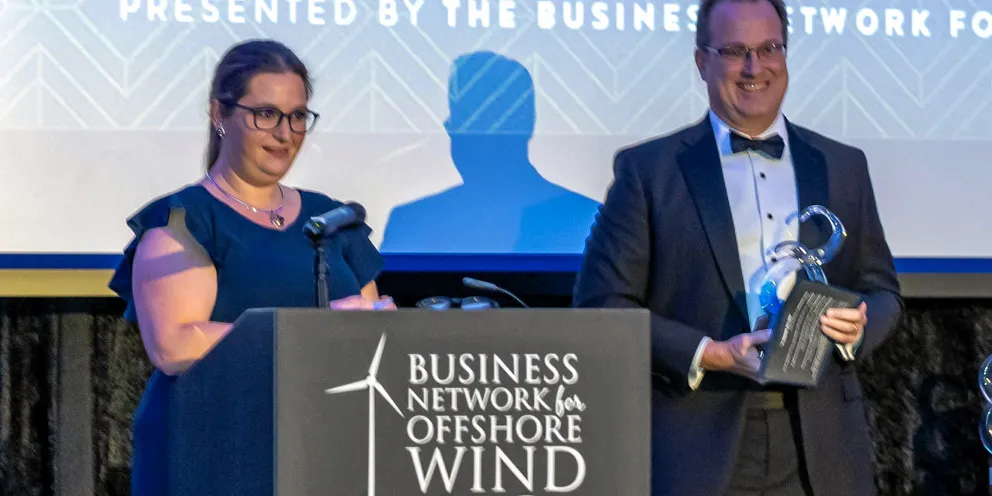'To be a leader in this space, you have to think about innovation and scale'
Simply Blue's director for US projects Alana Duerr talks to Recharge about her career in offshore wind, the future of floating, and what it means to her to win the first-ever Ventus Next-Gen Leadership award
